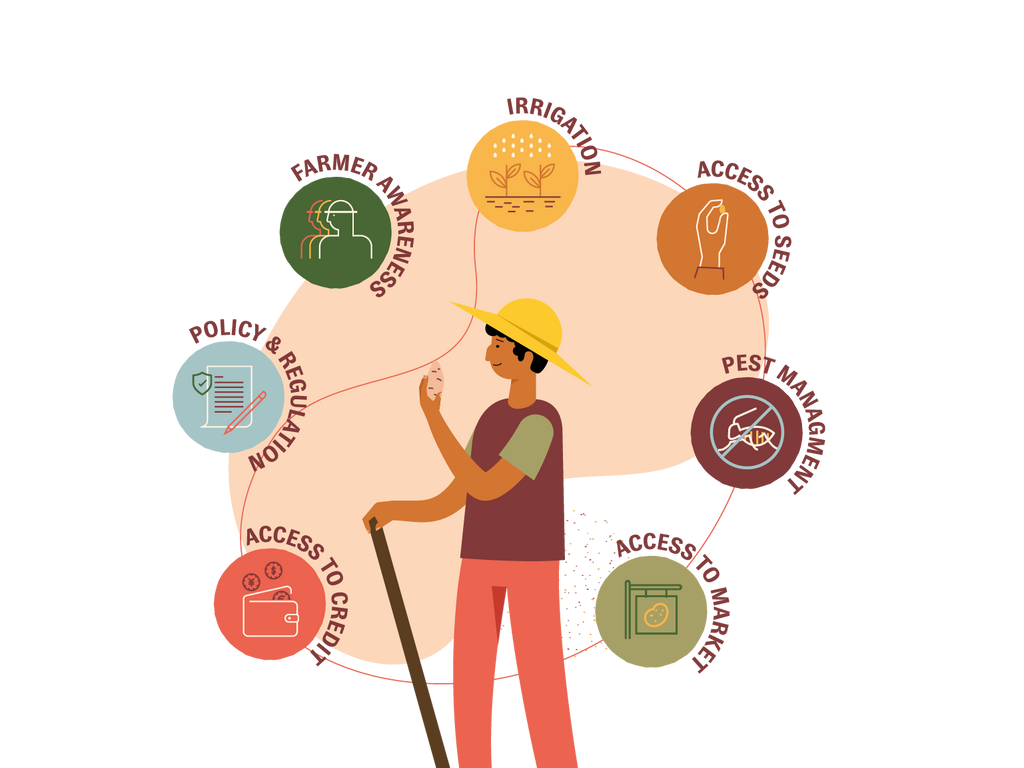1
5
Characterize
This step characterizes the project 's scaling objectives, innovations, scaling context, and stakeholder networks


Concepts
A crucial first step is to have clearly defined project characteristics, innovations, and scaling ambitions.
Practices
Project teams characterize the project's aims and scope, scaling objectives, innovation package, and scaling context.
Step 1 Objectives
Step 1 achieves the following 5 objectives:
- Objective 1.1: To characterize the intervention by capturing detailed information on the intervention locations, development or business sectors, Sustainable Development Goals (SDGs), research and development outcomes, target beneficiaries, and budget allocation.
- Objective 1.2: To characterize the core innovation(s) that the intervention is trying to scale.
- Objective 1.3: To identify the Innovations that are necessary to scale core innovations. They often relate to the broader environment and are geared toward making this environment more enabling, thereby allowing the core innovation to have impact at scale complementary innovations that are needed for scaling the core innovation in the different intervention locations.
- Objective 1.4: To have validated innovation packages for each of the locations where scaling is aspired.
- Objective 1.5: To characterize the stakeholders, their interventions, and their networks.
Once the intervention, scaling objectives, the innovation package, and the stakeholder networks have been characterized, the user proceeds to Step 2.

